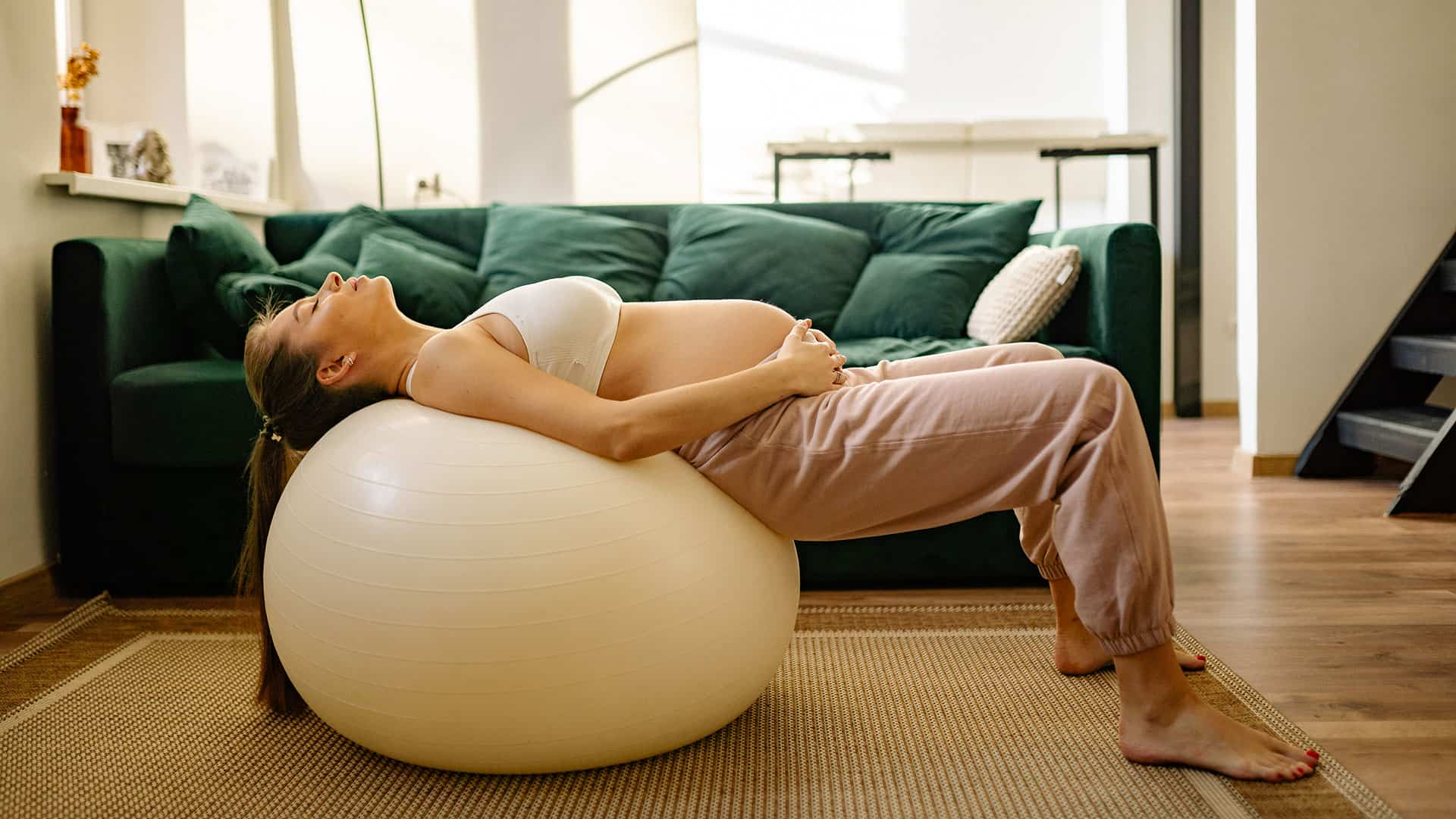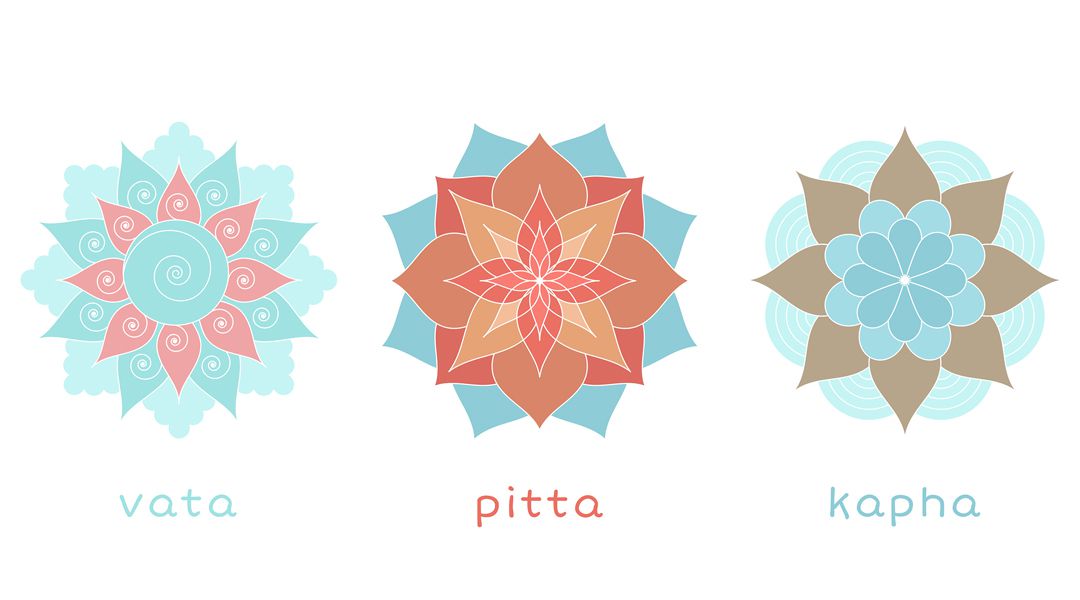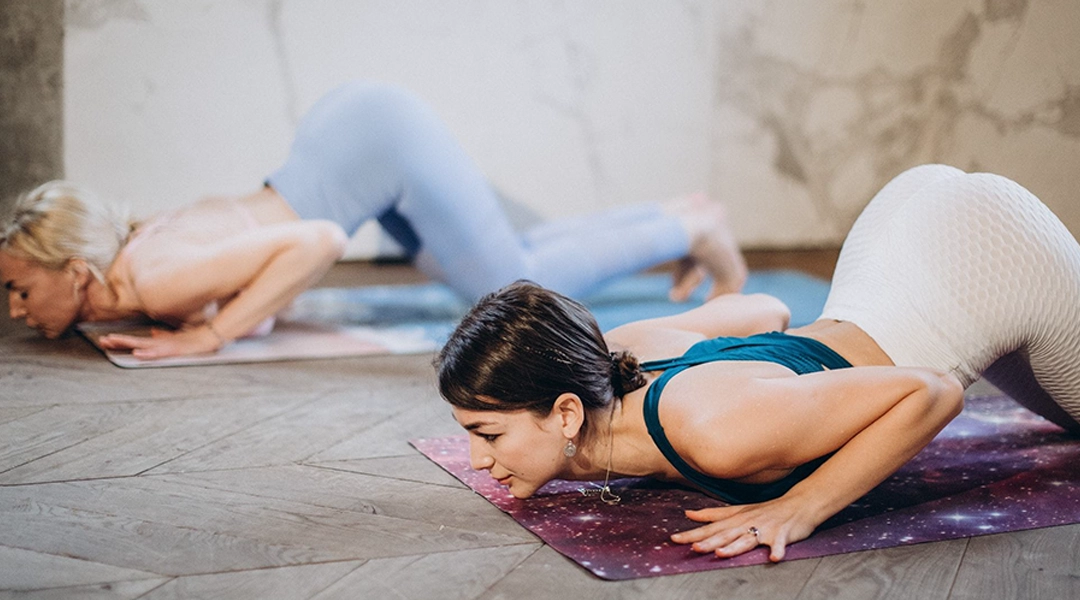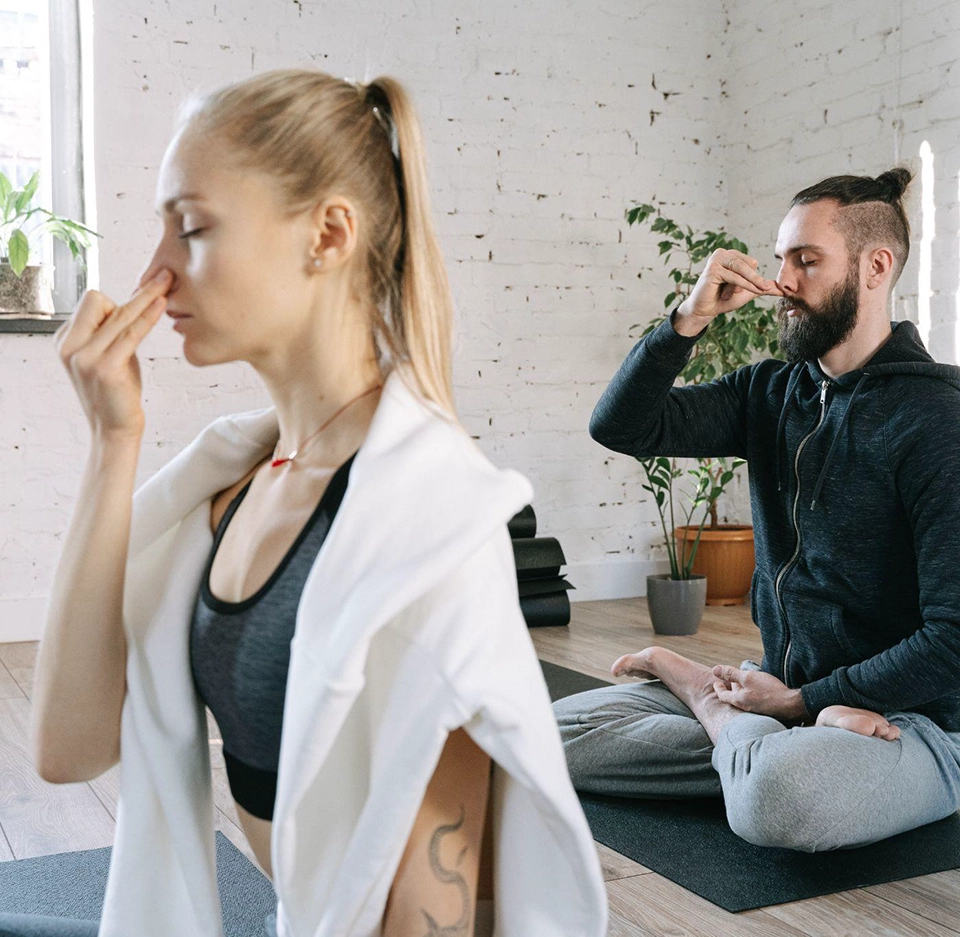How to prioritize wellness in our busy life
How to prioritize wellness in our busy life

In our fast-paced, modern world, it’s all too easy to put wellness on the backburner. With long work hours, family obligations, and social commitments, taking care of ourselves often falls to the bottom of our to-do list. However, prioritizing our wellness is essential for our physical, emotional, and mental health.
How to prioritize wellness in our busy lives?
- Make Time for Self-Care: Self-care is essential for our overall well-being. Whether it’s taking a relaxing bath, going for a walk, or reading a book, it’s important to carve out time in our busy schedules to take care of ourselves. Make a conscious effort to schedule self-care time into your calendar and stick to it as you would any other appointment.
- Practice Mindfulness: Mindfulness is a powerful tool for reducing stress and promoting overall wellness. Take a few minutes each day to practice mindfulness techniques such as deep breathing or meditation. Incorporating mindfulness into your daily routine can help you stay focused, calm, and centered, even in the midst of a busy day.
- Get Enough Sleep: Sleep is crucial for our physical and mental health. Aim for seven to eight hours of quality sleep each night. Establishing a consistent sleep schedule, avoiding caffeine and electronics before bedtime, and creating a relaxing sleep environment can help you get the rest you need.
- Exercise Regularly: Regular exercise is essential for maintaining physical and mental health. Even if you can’t commit to a full workout, try to incorporate movement into your daily routine, such as taking the stairs instead of the elevator or going for a short walk during your lunch break.
- Nourish Your Body: A healthy diet is essential for our overall wellness. Make sure you are nourishing your body with healthy foods that provide the nutrients it needs to function at its best. Plan your meals ahead of time and prepare healthy snacks to avoid relying on fast food or vending machines when you’re on the go.
- Set Boundaries: It’s important to set boundaries in all areas of our lives, including work, family, and social obligations. Learn to say no when you need to and prioritize your own needs and well-being. Remember that taking care of yourself is not selfish, but essential for your overall health and happiness.
According to Ayurvedic principles, prioritizing wellness is essential for achieving balance and harmony in life. Apart from eating balance diet, proper sleep, yogasanas and meditation, Ayurveda also recommends the following to prioritize wellness in life.
-
- Daily routine (Dinacharya): Ayurveda recommends following a daily routine that includes waking up early, practicing hygiene, performing daily self-massage with herbal oils, and exercising regularly. A consistent daily routine helps to balance the body’s natural rhythms and promotes overall wellness.
-
- Mindful Eating: Ayurveda emphasizes the importance of mindful eating. This involves eating in a peaceful environment, chewing food slowly and thoroughly, and savouring each bite. Ayurveda also recommends eating according to your body type and digestive capacity.
-
- Herbs and Spices: Ayurveda uses a variety of herbs and spices to promote wellness. Some commonly used herbs include turmeric, ashwagandha, and triphala. These herbs can be used in teas, supplements, or as culinary spices.
-
- Regular Detoxification: Ayurveda recommends regular detoxification to remove toxins from the body. This can be done through techniques such as oil pulling, tongue scraping, and periodic fasting.
-
- Positive Relationships: Ayurveda recognizes the importance of social connections and recommends nurturing positive relationships with family and friends. This can include spending time together, sharing meals, and engaging in meaningful conversations.
Speak with our Ayurvedic Doctors, Nutritionists, and Healers today to learn more on how incorporating these practices into your daily routine you can prioritize wellness and promote balance and harmony in your life according to Ayurveda at www.ashaexperience.com
Team ASHA offers ancient Ayurvedic treatment and practices to the world and creates a sustainable society by offering self-care practices through Ayurveda and Yoga.
#wellness #selfcare #mindfulness #sleep #exercise #nutrition #ayurveda #healthylifestyle #balance #meditation #selflove #mentalhealth #physicalhealth #herbs #spices #holistichealth #selfmassage #relaxation #stressmanagement #selfcaretips #wellnessjourney #healthyhabits
We believe in collaborative relationship-based care where our Ayurvedic Doctors, Ayurvedic Practitioner, Ayurvedic Supplement Brands, Ayurvedic Nutritionists & Chefs, Yoga, and Meditation Trainers are in sync. Contact the team who passionately works together to hold your hand in this healing journey.







